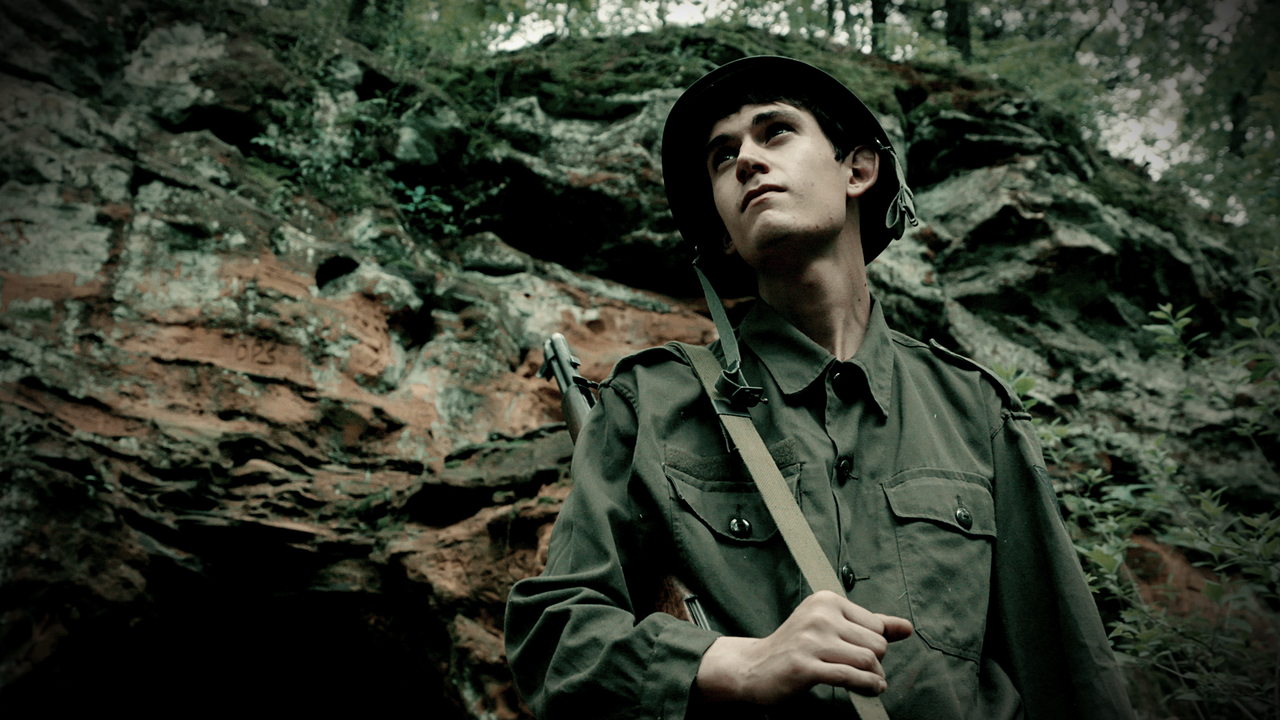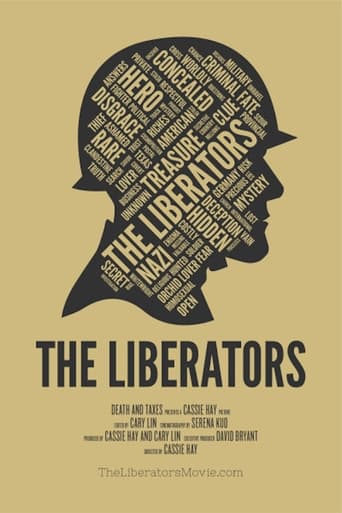

How does extremely valuable medieval art work, taken from a Quedlinburg, Germany church after WW2, end up in a desolate Texas border town decades later? Well, the answer is a rather fascinating tale that plays out like a detective story in this documentary, directed by Cassie Hay.It seems a most dogged German investigator, named Will Korte, was determined to spend years looking into this mystery and wanting to get these treasures returned to the church. The paths he goes down, forming alliances along the way, can be filled with pitfalls but also rewards, and there's lots of surprises to be revealed.I really like docs like this and found this one particularly interesting, and although it's deliberately paced and quite talky you may find it equally as good.
... View MoreI thought this documentary was very well produced and kept the viewer engaged even though due to the notoriety of the case, there was not much mystery to the "mystery." I did, however, see two - albeit minor - flaws in the film that made the film seem a bit disjunctive.1. I do not believe the discussion of Joe Tom Meador's homosexuality advanced the story line in any meaningful manner. There was no connection established between the crime and/or cover-up and his sexual preference. Unless, of course, the director was trying to imply that Meador took the relics because, as a gay man, he liked pretty things.2. I would have liked to have heard more from Bill Honan's perspective. I realize he passed away in 2014, but he wrote a book - "Treasure Hunt: A New York Times Reporter Tracks the Quedlinburg Hoard" - about involvement in the case that could have be referenced. My biggest issue with the absence of Mr. Honan's input is there is no explanation of how Joe Tom Meador came under suspicion. If memory serves me correctly, Willi Korte introduced Meador in the movie by saying something to the effect or "Bill Honan told me to look into the name Meador, which was also associated with the name Cook." My guess is Honan identified Meador from military records based on him being the only Soldier from Whitewright, TX to be in the unit in stationed in Quedlinburg, but it was not made clear.I did think the interviews with Whitewright locals (including Meador's niece and nephew) added a very nice personal touch to what could have otherwise been a very dry film.
... View MoreGreetings again from the darkness. The story of how art was treated during WWII is fascinating: Himmler devised the plan to hide/store the valuable art in a cave to protect it from the bombings (they weren't as worried about citizens); much of it was stolen by soldiers from both sides; and the decades of effort to recover and return the displaced works. Those recovery efforts have been chronicled on screen in The Monuments Men (2014) and the far superior documentary The Rape of Europa (2008).First time director, and Denison Texas native, Cassie Bryant narrows her focus to one specific case the Quedinburg Treasures – a collection of medieval artifacts with tremendous religious and historical value. Her interest stems from the connection to the small town of Whitewright, Texas just outside of her hometown. In what could be described as a mixture of research, mystery and crime, Ms. Bryant follows the work of Will Korte. He has spent a career tracking down missing/stolen WWII art, and considers the Quedinburg Treasures the most important case of his career.The film avoids the use of a narrator, and instead utilizes first person interviews and news clips. Much of this occurs in regards to the research both Mr. Korte and those local to Whitewright, including the Meador family, friends and neighbors. The trail leads to Joe Tom Meador, and ultimately to the recovery of a substantial portion of the treasure.When the focus shifts to the trial, the film loses a little steam, as by this time, much of the mystery has been solved. The interviews with super attorney Dick DeGuerin have some interest due to his philosophy about good people doing bad things, as well as his humorous perspective on how the case never should have gone to trial.There is little argument in the adage that artistic relics provide much of the cultural heritage for any society or era, and this story carries an odd twist in that the motivation may never be determined so that we might classify as either the spoils of war or outright theft. It's also dumbfounding to think that a Goodwill Store might have played a key role in the missing pieces (if one is to believe the family).
... View More